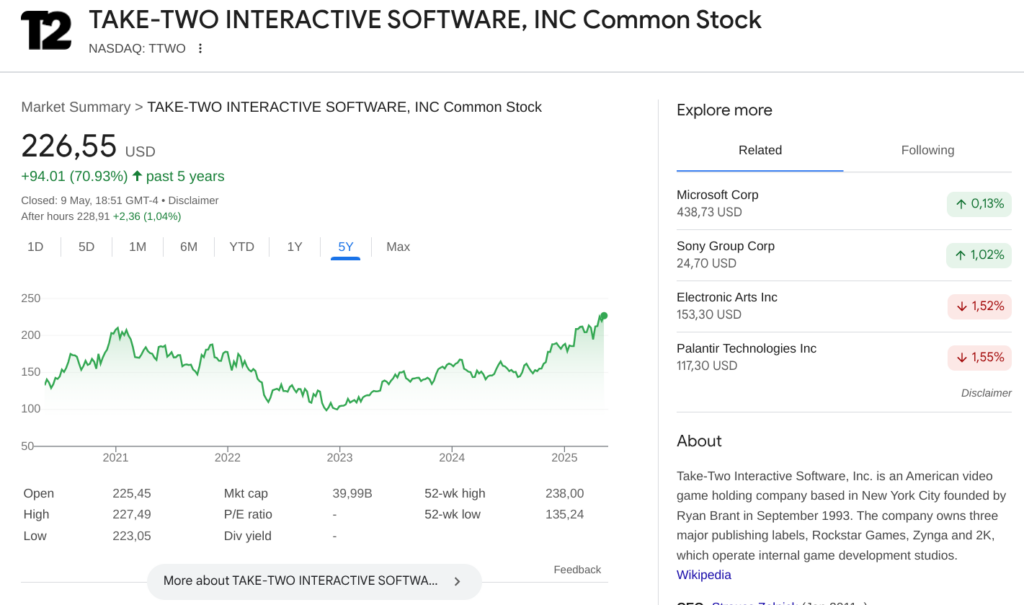Net Worth Update – September 2025 🌇
Monthly Update • September 2025
Net Worth Update – September 2025 🌇
Another month, another snapshot of my personal net worth evolution. This update comes just before my two-week trip to Asia — a good moment to pause, reflect, and check how far the journey has come.
A quiet month of reflection
September felt slower, in a good way. After a busy summer, I took a step back to focus on my side projects and to learn new skills. I’ve been improving some SEO aspects of my websites and working on ideas that could eventually bring in a small recurring cashflow. Nothing major yet, but I’ve learned that building wealth takes patience — and that consistency is more valuable than intensity.
On a personal note, I’ve started preparing for my upcoming trip to Asia. I’ve already paid for flights and part of the accommodation, which made the monthly budget tighter, but it feels good to plan ahead. This trip will be a well-deserved break after a long and demanding period at work.
Overall snapshot
By the end of September, my total assets reached CHF 77’017.71, while my liabilities (the “bad” ones, meaning non-productive debt) stood at CHF 87’735.05. The ratio hasn’t changed much from August, but the direction remains positive — I’m slowly improving my balance sheet month after month.
All values are shown in their original currencies (CHF, EUR, USD) and converted to CHF at month-end rates.
Assets – building a stronger base
My assets remain well diversified. Life insurance plans make up about 58 %, crowdfunding projects around 21 %, and managed funds about 10.6 %. The remaining categories — ETFs, crypto, stocks, and other small positions — account for the rest.
Assets breakdown
- Life insurance: € 44’809.07 (≈ 58 %)
- Crowdfunding: CHF 16’210.97 (≈ 21 %)
- Managed funds: CHF 8’200.00 (≈ 10.6 %)
- ETF: € 3’811.21 (≈ 4.9 %)
- Crypto: $ 1’523.96 (≈ 2 %)
- Stocks: $ 1’553.54 (≈ 2 %)
- Other: € 908.96 (≈ 1.2 %)
- Roboinvest: CHF 231.45 (≈ 0.3 %)
Crowdfunding has been the weakest point lately. Several projects are delayed, and one might even end up in court — not directly involving me, but still a reminder of the risks involved. Because of that, I’ve decided to shift my focus gradually toward ETFs: simple, transparent, and efficient long-term tools.
My plan for the months ahead is to strengthen my recurring ETF investments and slowly decrease exposure to high-risk, low-liquidity assets.
Liabilities – one step at a time
On the liabilities side, the picture is clear. The main bank loan makes up about 60 %, followed by my car leasing (17 %) and credit cards (16.8 %). A smaller loan in euros accounts for roughly 6 % of the total.
Liabilities breakdown
- Bank loan (CHF): 52’630.00 (≈ 60 %)
- Car leasing (CHF): 14’918.40 (≈ 17 %)
- Credit cards (CHF): 14’767.09 (≈ 16.8 %)
- Bank loan (EUR): € 5’419.56 (≈ 6.2 %)
The main focus stays the same: cutting down credit card balances and slowly reducing my main bank loan. These are not the kind of debts that create opportunities — they simply cost money over time. Step by step, I’m freeing up more margin to invest instead of repay.
Looking ahead
This September 2025 net worth update shows consistency, not perfection. Progress is slow but visible, and that’s what matters. In October, I’ll finally take a break — two weeks in Asia to reset, recharge, and come back with a fresh perspective.
Once I return, I plan to review my financial automation: double-check subscriptions, simplify recurring expenses, and keep my ETF plan steady. Small improvements add up over time — and they’re the real engine behind sustainable growth.
Personal note: This journey is entirely my own — a mix of wins, mistakes, lessons, and patience. Financial freedom isn’t a finish line; it’s a mindset built one decision at a time.
Previous update
Missed last month’s report? You can read it here: 👉 Net Worth Update August 2025 🌴.





